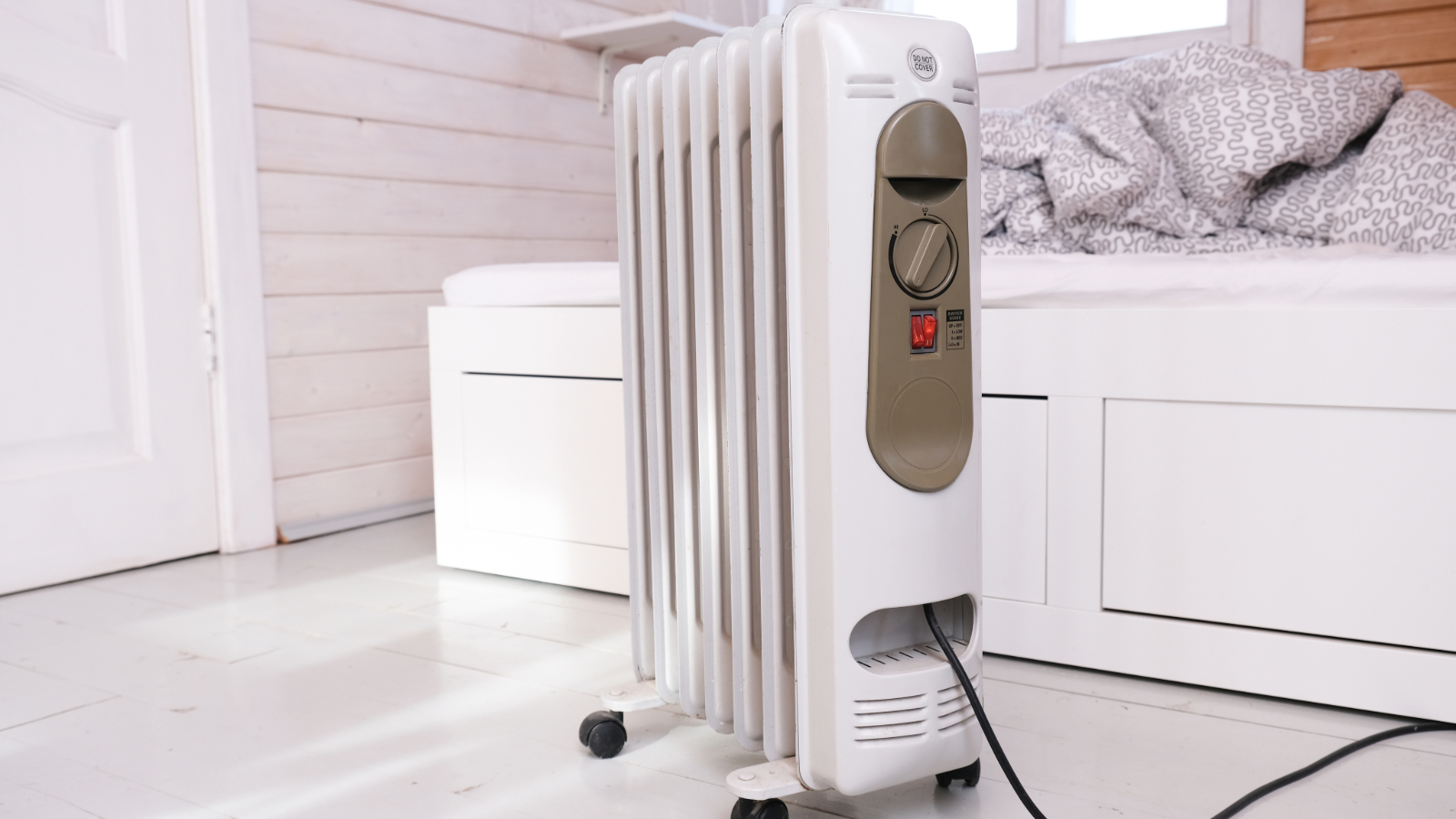What is the best underlay for carpet to feel soft underfoot?
Choosing the best underlay for carpet should be a priority for all homeowners – it is, arguably, even more important than the carpet itself. We asked the experts for their advice
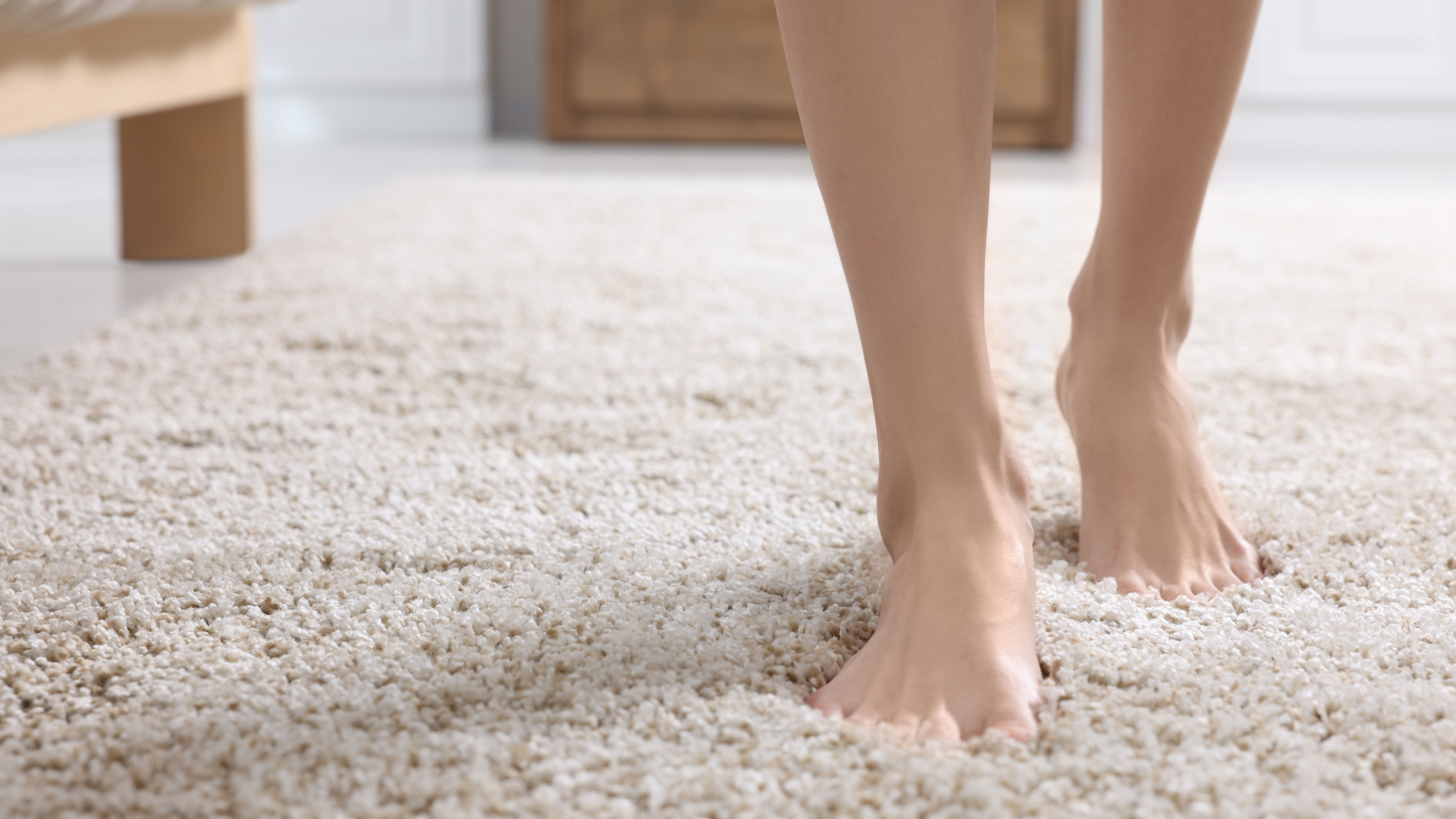
Many people don't put much thought into the best underlay for carpet, making the mistake of leaving it as a bit of an afterthought – perhaps believing that all underlay is created equal. However, it is not and many experts agree that the underlay is just as - if not more - important that the types of carpet you choose for your home.
"Choosing the right carpeting is a significant investment in your home's comfort and style. However, what often goes unnoticed is how much a quality underlay can enhance that investment," says Lisa Conway, marketing manager at Brintons. "A good quality underlay not only makes carpets feel softer and more luxurious underfoot, but also extends their life by reducing wear and tear."
In this guide we explain how to choose the best type of underlay for your individual needs.
What is the best underlay for carpet?
The best underlay will always very much depend on not only the types of flooring it is being used with, but also the amount of use the room it is being fitted into receives. In addition, you will need to consider whether you want your underlay to help with soundproofing and draught proofing – plus if you have underfloor heating you will also need to take this into account.
Why is good carpet underlay important?
Before shopping around for underlay – something that should be done at the same time as ordering your carpet and booking its fitting – it is useful to understand the role underlay plays.
“The application of an underlay has important advantages," says Lisa Conway. "For instance, its cushioning effect means less wear, which prolongs the life and aesthetic appearance of the carpet, while acting as a barrier to prevent heat loss, thereby reducing energy costs.
"In addition, underlays have sound-absorbing capacity meaning that a carpeted floor with good underlay is significantly quieter than one without.“
Bring your dream home to life with expert advice, how to guides and design inspiration. Sign up for our newsletter and get two free tickets to a Homebuilding & Renovating Show near you.
It is also useful to familiarise yourself with how to lay carpet to see if you might be able to tackle installation yourself.
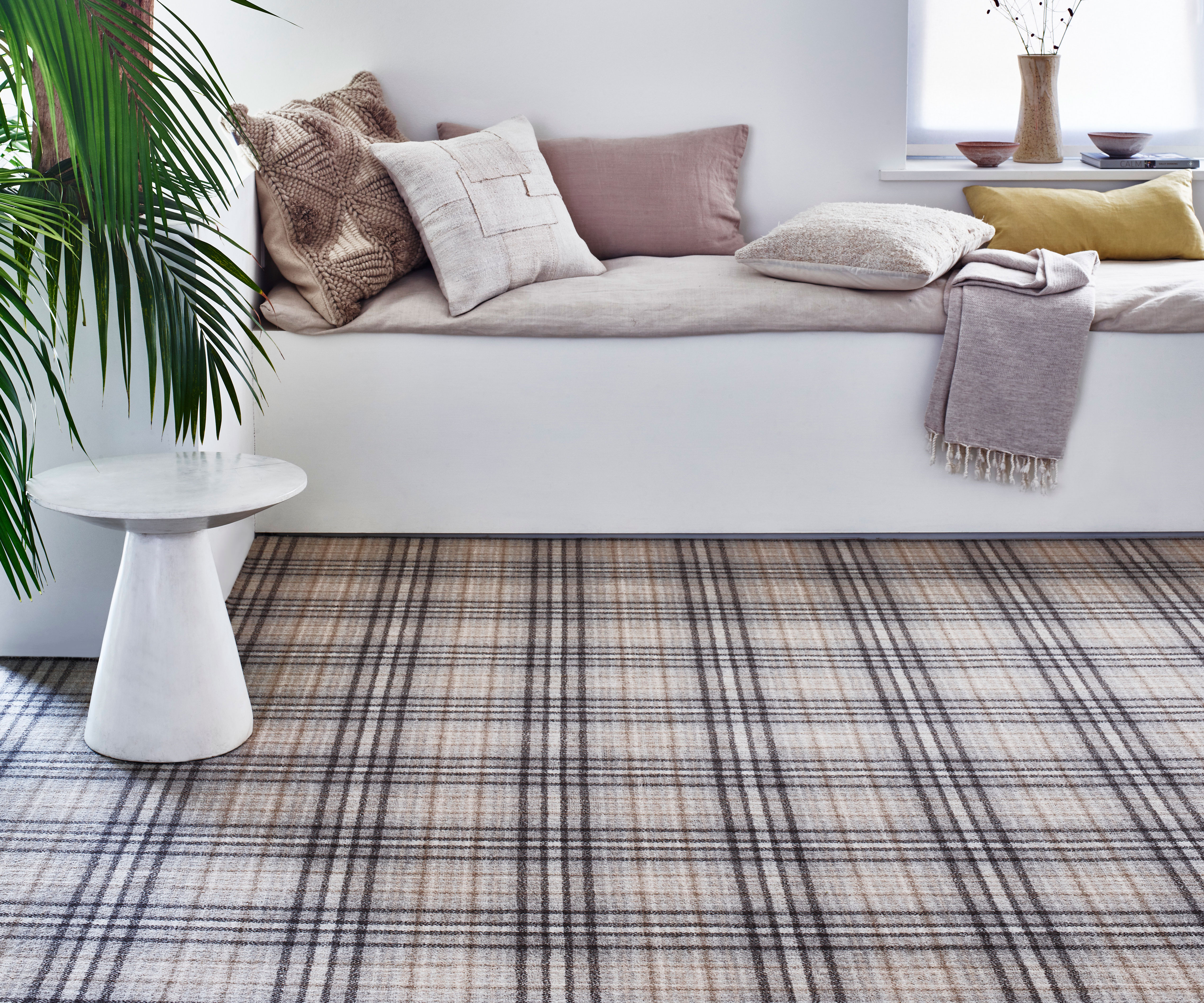

Lisa Conway is an experienced marketing professional. She currently serves as the marketing manager at Brintons, a heritage carpet company renowned as the world's leading manufacturer of high-quality woven carpets and rugs, catering to both commercial and residential markets.
What types of carpet underlay are there to choose from?
There are a few different types of underlay for carpet. The one you choose should largely be based on the area of the house in which the carpet is being fitted.
"There are several types of underlay materials," says Johanna Constantinou, interior trends expert for Tapi Carpets & Flooring. "Recycled PU foam is commonly used for its excellent cushioning and insulation properties."
Other advantages of this type of underlay are that it is made from recycled foam or offcuts, making it an environmentally-friendly choice. It is also more lightweight and therefore easier to fit than traditional crumb rubber underlays.
Crumb rubber underlays are still sometimes used due to the fact that they are extremely durable and dense and can help with all kinds of things from soundproofing to preventing heavy furniture from leaving indentations in your carpet. However, they are best reserved for areas of very high traffic, such for stair carpet ideas. They are most commonly used in commercial settings due to how heavy and cumbersome they are to fit.
Sponge rubber underlay is another popular option that has been in use for many years (since the 1950s in fact).
"Sponge rubber provides good support, making it ideal for high-traffic areas," says Johanna.
Being of a sponge construction means it is full of tiny air pockets which make vacuuming dirt up and out of it easier.
"There are also combination underlays," says Johanna. "These are a mix of materials that help balance comfort, insulation, and durability.”
What is acoustic underlay?
When shopping around you may see some underlays referred to as 'acoustic'. These are commonly made from PU foam or sponge rubber and are designed to be thicker making them perfect for dulling impact noises such as footsteps. They are often considered by those looking into how to soundproof a bedroom and would be a good choice for rooms on the top floor of a house.
Should I buy thermal underlay?
The thermal effectiveness of an underlay is measured by its tog rating – just like a duvet. To be classed as a thermal underlay, a product should really have a tog rating of at least 2.5.
The tog rating of carpet and underlay is dependant on its thickness, structure and density.
If you live in an old draughty house, with cold floors it might be worth considering checking the tog rating of the underlay you are considering and opting for one that has a tog rating on the higher side – this, alongside other draught proofing methods, will help your home feel toasty even in the colder months.
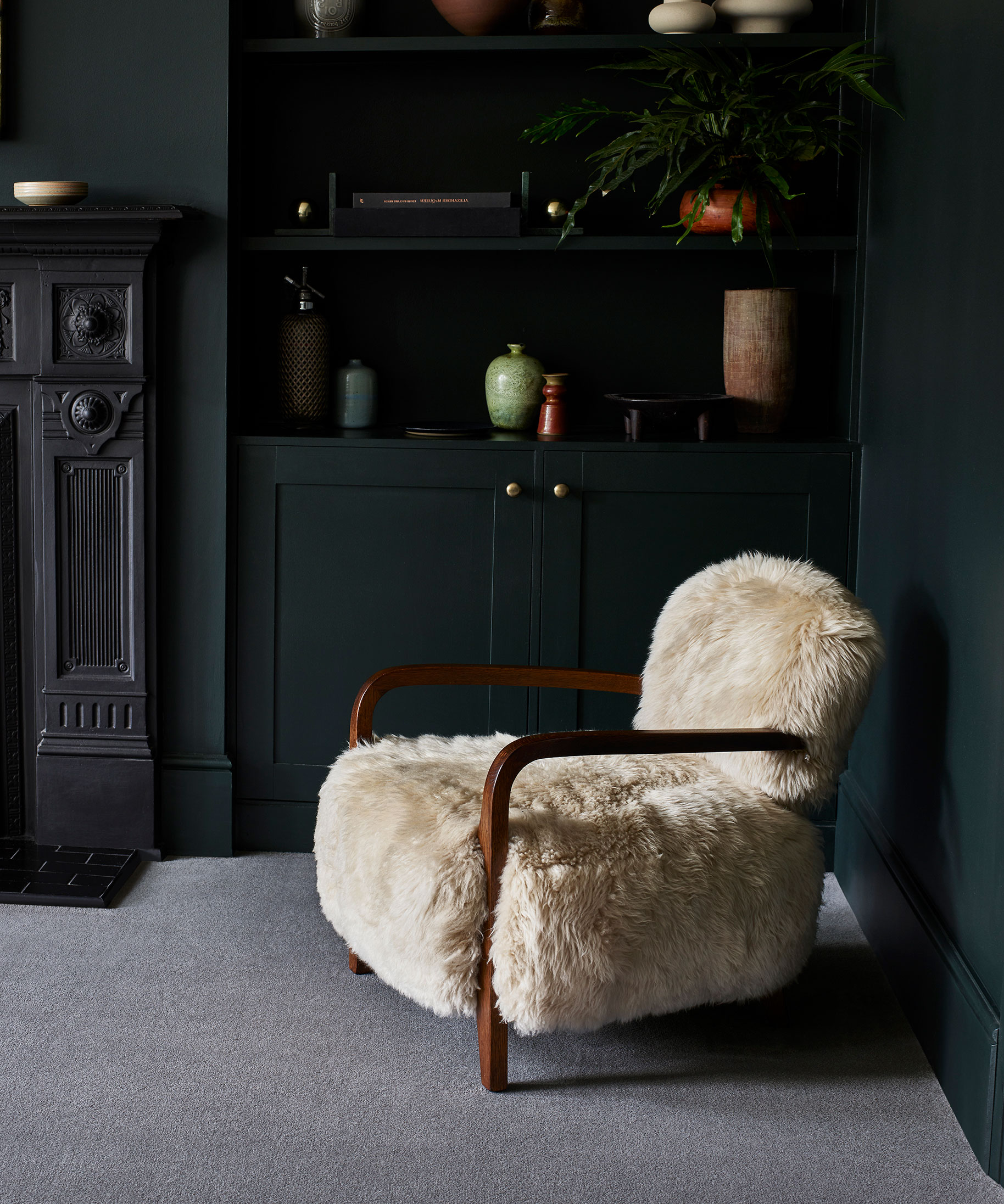
What thickness of underlay do you need?
“Underlays come in various thicknesses and densities, typically ranging from 8mm to 12mm," explains Johanna. "Thicker underlays are better for areas with heavy foot traffic due to their enhanced durability and comfort."
According to Johanna, it is best to choose the thickness of your underlay based on the following guidance:
- 8mm: Suitable for low-traffic areas.
- 10mm: A versatile option providing good comfort and durability.
- 12mm: Ideal for high-traffic areas, offering maximum comfort and sound insulation.

Tapi’s interior trends expert and keen Floorologist is Johanna Constantinou. Jo is passionate about sharing unique tips, insights, and helpful key information on all things flooring. From the technical to the trends, she has been in the industry for over 10 years.’
How much does carpet underlay cost?
It's really important when calculating your carpet costs that you factor in the cost of underlay – as well as carpet fitting costs.
If you are on a tight budget you can pick up a PU foam underlay for as little as £2/m2, but if you are willing to pay a little more for the sake of the longevity of your carpet and a little more in the way of comfort in the rooms you use the most you might want to spend a little more on something thicker and more luxurious.
That said, carpet underlay shouldn't break the budget. Something like this Volden 10mm Foam Carpet Underlay from B&Q will only cost you £4.67/m2 and yet is suitable for areas of high traffic.
Crumb rubber tends to work out the most expensive although it durability makes the outlay worth it – expect to pay from around at least £6.50/m2 for a good quality product – maybe more.
Sponge rubber prices lie somewhere between PU foam and crumb rubber from roughly £5/m2 -£10/2.
Which is the best underlay for me?
So, which underlay is best for you?
For any areas of particularly heavy footfall, such as a very well-used hallway or staircase, you could consider a rubber crumb underlay, although if you are trying to keep costs down, a thick PU or sponge underlay should suffice.
In areas where it’s still busy, but not the main area in the home, a thinner PU may well be fine. Johanna Constantinou suggests something like Unity underlay from Tapi Carpets & Floors which is a cost-effective choice without compromising too much on comfort and durability.
If you are laying your carpet on a concrete subfloor you should select an underlay with a built-in DPM vapour barrier in order to prevent damp becoming an issue.
If you have opted for a natural carpet - such as sisal or seagrass - there are certain underlays that work better than others.
“The best underlay for natural carpets depends on factors like carpet type, room use, and insulation needs," says Kirsty Barton, brand storytelling manager at Alternative Flooring. "Wool, felt and rubber underlays are top choices for their overall performance. But, rubber underlays, in particular crumb rubber, offer excellent support and sound insulation, making them ideal for high-traffic areas such as living rooms and hallways.”

Kirsty Barton embarked on her journey at Alternative Flooring over 20 years ago, working across numerous areas including: Office Management, Purchasing, Customer Service and Marketing. Kirsty's comprehensive experience across different factors of the business have been instrumental in shaping Alternative Flooring's brand identity. And now as a Brand Storytelling Manager, Kirsty is committed to the company's core pillars: people, product, and planet, continuing to drive Alternative Flooring forward.
FAQs
What is the best underlay over underfloor heating?
If you are planning on installing underfloor heating, you will also need to take your choice of underlay into account. There are underlays specifically for use with UFH, featuring small holes to allow heat to pass through, and these don't tend to cost any, if much, more.
It is best to choose an underlay with a lower tog rating and one that clearly states it is suitable for use under UFH – something like 0.35 tog would be ideal.
Three underlays for use over underfloor heating
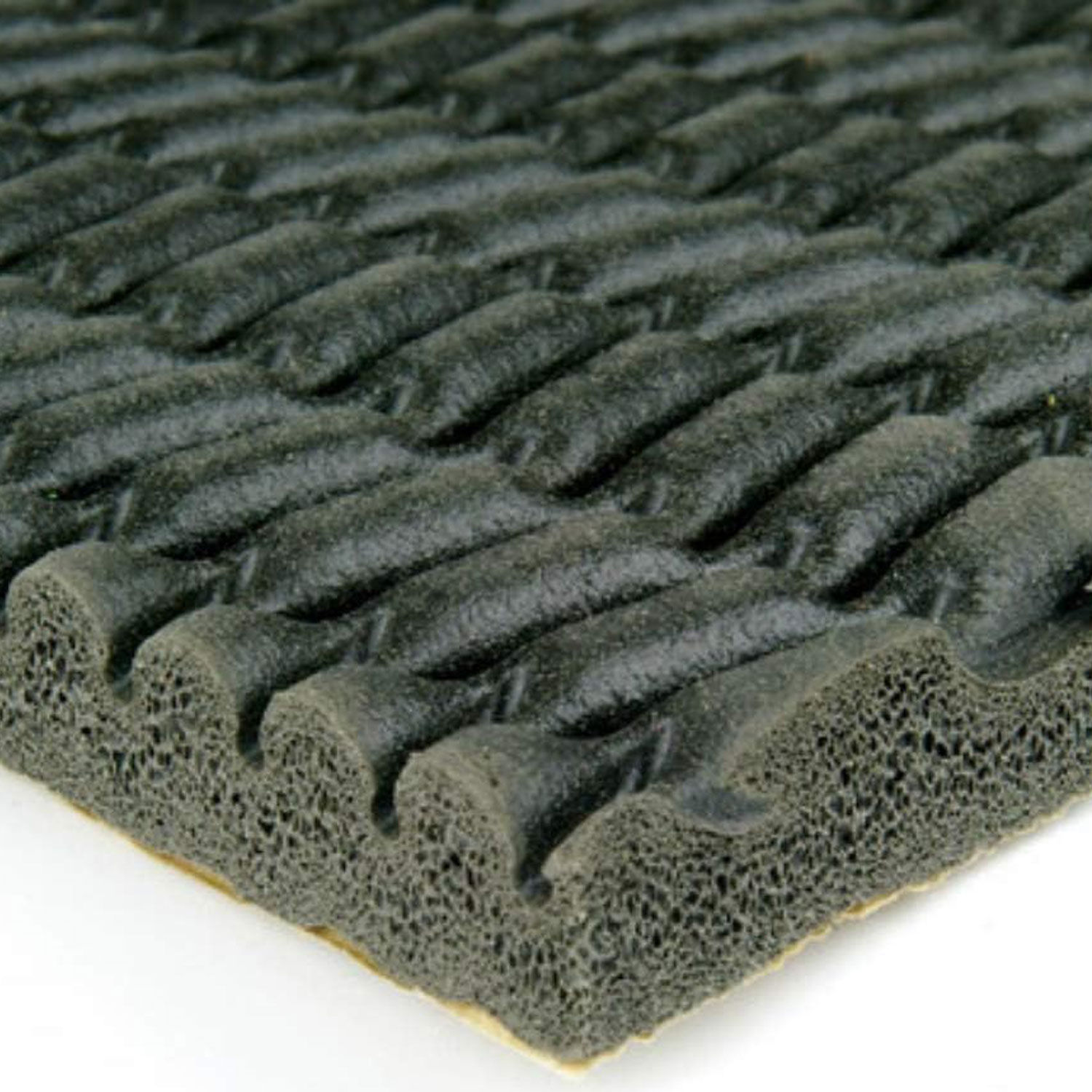
Price: £10.85/m2
A mid-priced underfloor heating carpet underlay, this is a high quality, heavyweight, cellular rubber underlay designed specifically for use over underfloor heating. It will really make your carpet feel luxurious underfoot and is perfect for over a concrete subfloor.
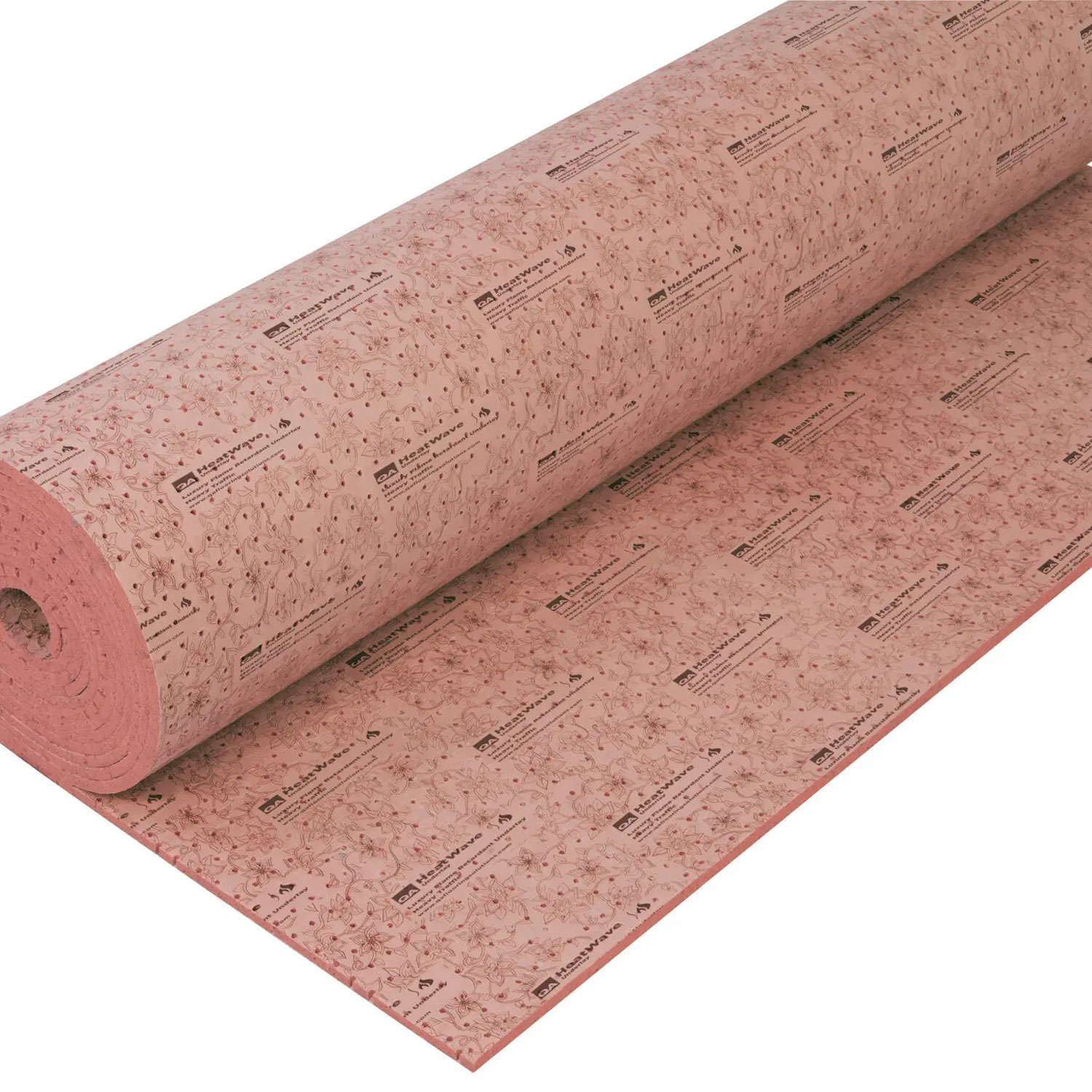
Price: £5.53/m2
This is a well-priced, high density PU underlay that is specially designed for use with underfloor heating. It has a low tog rating and features small perforations to allow heat transfer into the room. In addition, it has good impact sound reduction properties - reducing it by 36dB
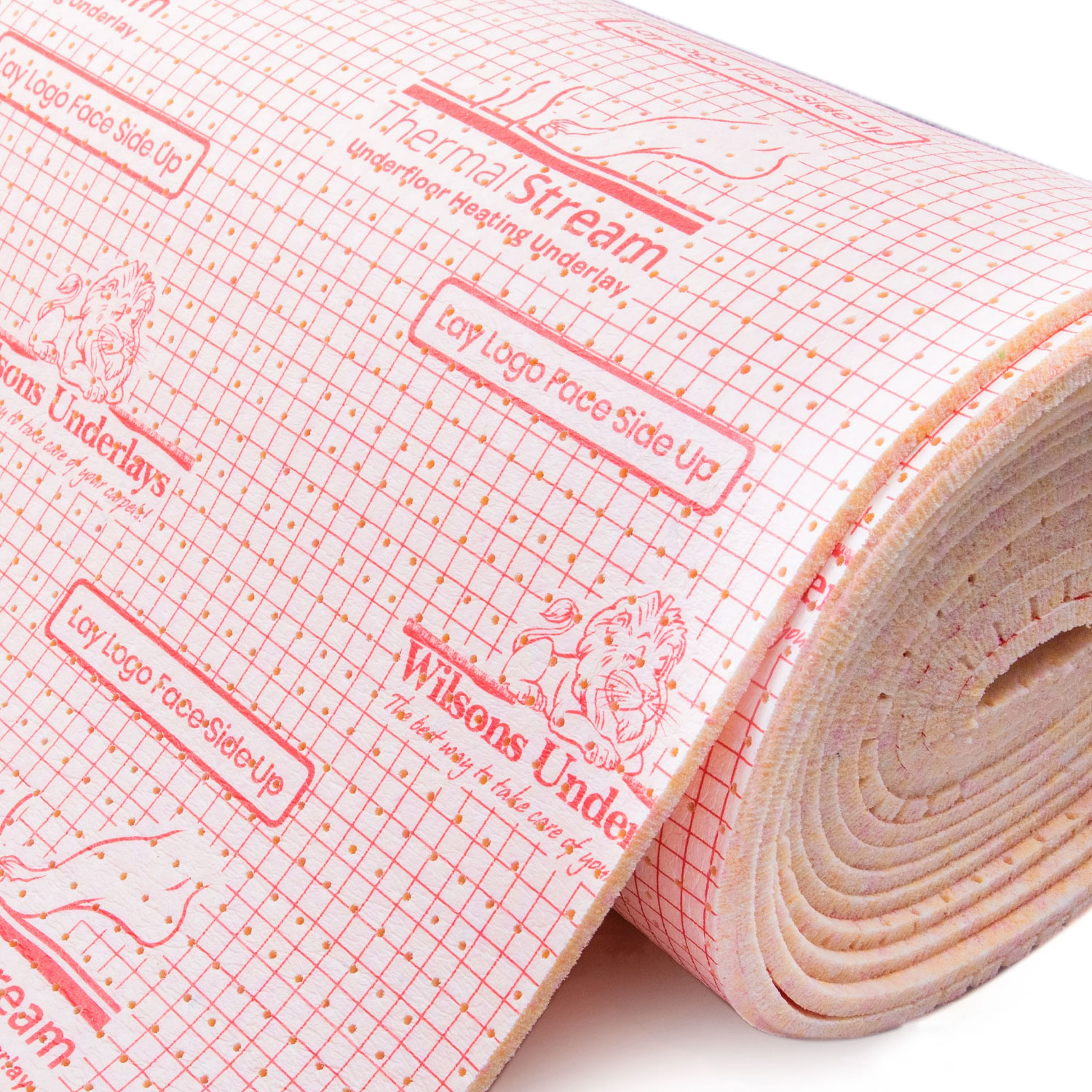
Price: £12.33/m2
Despite the higher price, this underlay is well worth considering as it is one of the thickest underlays around for use with UFH. With a tog rating of 0.8 and a thickness of 10mm, this underlay is still able to allow heat up through your carpet thanks to the thermal air pockets.
Does wooden flooring need underlay?
Yes, all types of wood flooring, including solid timber, engineered wood flooring and even laminate (not strictly wood, of course) all need to be laid on top of underlay - but a different type of underlay to that used under carpet.
Most carpet underlay is between 8mm – 10mm which is too thick for many laminates and engineered timber as it can affect the tongue-and-groove locking mechanisms. A thickness of 1mm – 3mm is better.
As with carpet, if you are fitting your floor over a concrete subfloor you should only choose an underlay with a moisture barrier – otherwise damp could cause your flooring to twist, warp or lift.
Choosing the best underlay is just one step towards ensuring your floor stays looking good for longer - but make sure you have also chosen the right carpet. If you share your home with a cat or dog (or both) it is well worth researching the best carpet for pets before going shopping.
Natasha was Homebuilding & Renovating’s Associate Content Editor and was a member of the Homebuilding team for over two decades. In her role on Homebuilding & Renovating she imparted her knowledge on a wide range of renovation topics, from window condensation to renovating bathrooms, to removing walls and adding an extension. She continues to write for Homebuilding on these topics, and more. An experienced journalist and renovation expert, she also writes for a number of other homes titles, including Homes & Gardens and Ideal Homes. Over the years Natasha has renovated and carried out a side extension to a Victorian terrace. She is currently living in the rural Edwardian cottage she renovated and extended on a largely DIY basis, living on site for the duration of the project.

